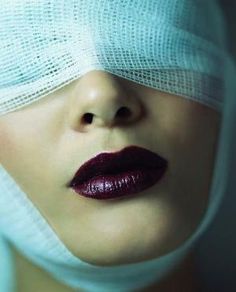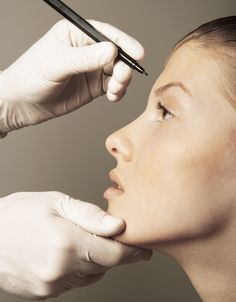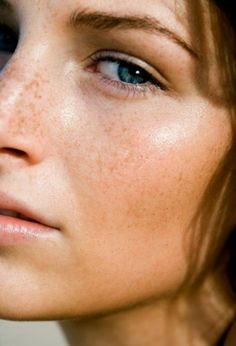GOING SOMEWHERE? SAY SO LONG TO STRESSED-OUT SKIN
One of my 2018 New Year Resolutions is to see more of this big beautiful world, sharing life-altering adventures with people I love and squeeze in a little more r & r than I have the past few years. Traveling to exotic locales has numerous upsides that I’m excited about, but the toll it takes on my skin is something I can live without. Here, board certified dermatologist Dr. Margarita Lolis shares her skin saving tips to ensure your skin looks radiant and healthy upon arrival:
Why is it so dry in the sky? The re-circulated air on planes combined with the lack of humidity is incredibly drying to skin. The air inside the cabin of a plane usually has a humidity level of 10 to 20 percent, much lower than a comfortable typical indoor humidity of 30 to 65 percent. This leaves skin in desperate need of moisture.
“Most people notice their skin may dry out or even breakout when they travel by air but they may not know why,” says Dr. Lolis. “Whenever the environment is moisture-free such as with recirculated air in a plane cabin, the air actually draws moisture from wherever it can, including the skin. Dry skin will tend to get drier and oily skin will get even oilier to compensate for dehydration. This is why it’s so important to use moisturizer with hyaluronic acid that does a great job of pulling moisture and keeping it on the skin.”
Pass on the booze and drink water instead. “Alcohol is very dehydrating. While it may help to relax you if you’re nervous about flying, the effect of alcohol will be dry skin,” says Dr. Lolis. “Drink water, infused with fruit and read a magazine or book, enjoy an in-flight movie or podcast. Having something to distract you will serve your skin better than a glass of wine.”
Prep for in-flight moisture maintenance. A hydrating mist is perfect for in flight application. Dr. Lolis recommends spraying a couple of pumps onto your face for instant hydration. It also feels great and helps cool you down if you’re on a warm airplane.
Skip the salty snacks. Airport food is not very skin-friendly. “While peanuts and pretzels may look delicious, salt can cause swelling,” warns Dr. Lolis. “Instead, snack on dried fruits and prepack chopped veggies in baggies such as peppers, cherry tomatoes and celery, which are filled with water.”
It’s time to take off your makeup! If you regularly wear makeup, keep it to a minimum on the flight. “Dry airplane air combined with foundation and powders is a recipe for disaster to your pores. To avoid clogged pores and subsequent breakouts, opt for tinted moisturizer with concealer. Also use a tinted lip balm in lieu of lipstick. Dry cabin air only makes lips dryer,” recommends Lolis.
Puffy Eyes. Jet lag always shows through your skin but mostly in the eyes. Lack of sleep due to possible time changes can have you looking sleepy and puffy. Bring an eye cream in your carry-on that contains caffeine. Another option? “Bring two green tea bags with you on the plane,” says Dr. Lolis. “A half hour before landing, ask the flight attendant for hot water and soak a few minutes. Then add ice to cool down the bags, and apply them to your eyelids before landing. The green tea has antioxidants and anti-inflammatories to decrease puffiness so you’ll look your best when you land.”
Weather-Proof Your Skincare Products. Pick and pack skin products based on the climate of your destination. “For snowbirds, when going to a warm, humid destination, pay extra attention to exfoliation in order to reduce the dead skin cells trapped by excess moisture, and pack a cleanser with salicylic acid,” suggests Dr. Lolis. If traveling to a colder climate extra moisture and skin protection from the elements is key. “To function properly, the epidermis needs to maintain a certain moisture level; in the winter, low temperatures, low humidity, and strong wind deplete skin of its natural protective barrier, allowing that level to drop,” says Dr. Lolis. “Sunscreen is always a must regardless of climate you may be traveling to,” she adds.
Don’t rely on Hotel Beauty Products. People often breakout when they’re on vacation, because hotel products are typically made for people with normal to dry skin. In lieu of using hotel toiletries while traveling, consider packing a few key essentials in your travel beauty bag. “Hotel soaps can be very drying and overly scented,” warns Dr. Lolis. “Beware if you have sensitive skin and remember to bring your own toiletries.”
Dr. Margarita Lolis, M.D. is a board-certified cosmetic, medical dermatologist and a fellowship-trained Mohs surgeon with over 20 years of experience. In her practice, she addresses common skin concerns such as acne prevention and treatment in both teens and adults, sun-damage, skin discoloration, wrinkles, changes to skin texture and loss of volume. On the medical side, she is a trusted expert in melanoma and over-all skin health. Dr. Lolis prides herself in honoring facial symmetry to deliver a natural look to her clients. She always recommends a healthy skin care regimen plus lifestyle habits that are aligned with her holistic approach to beauty. Dr. Lolis is a member of the American Academy of Dermatology, American College of Mohs Surgery, and the American Society of Anti-aging. Her practice, Skin, Laser, and Surgery Specialists is in New York City and Bergen Country, New Jersey.
*featured image via pinterest










Recent Comments